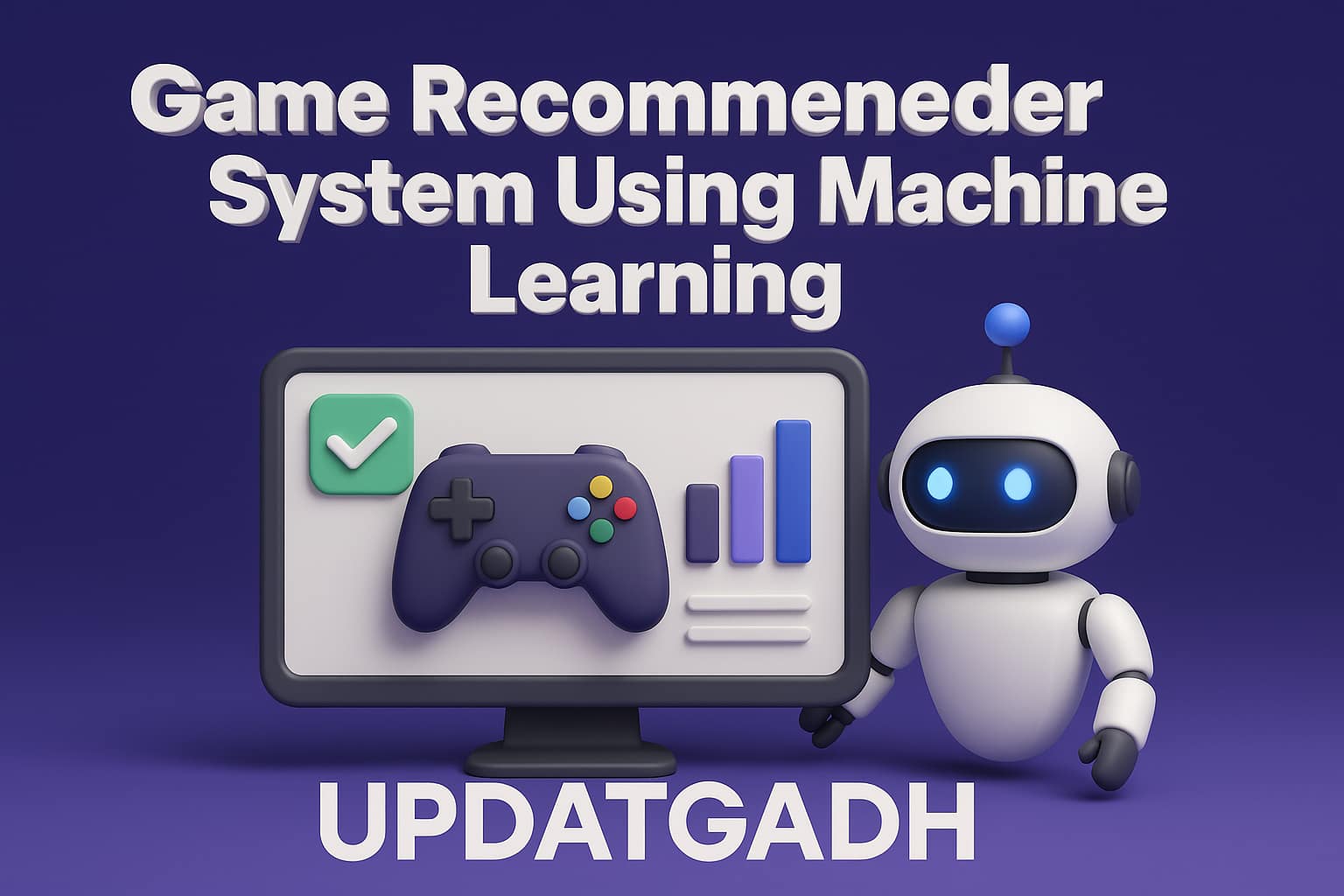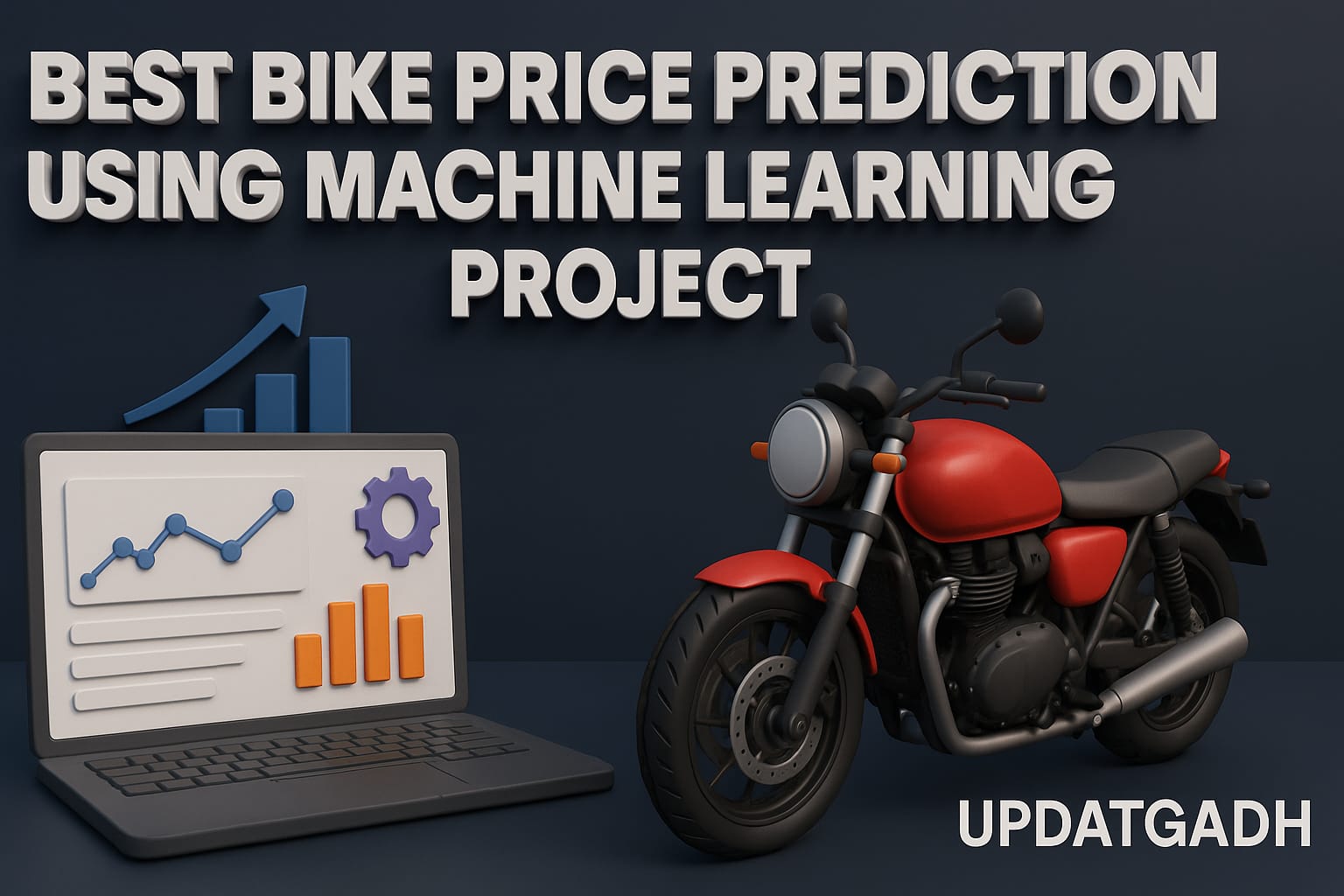
Diabetes Prediction Using Machine Learning Based Web App
Diabetes Prediction
Overview
A simple project based on Diabetes Prediction is developed as a professional-level web application that helps predict the risk of diabetes in patients. By using clinical details such as glucose level, BMI, age, blood pressure, and insulin levels, the system leverages machine learning to provide quick results. The goal of this project is to assist in early diagnosis and support both healthcare professionals and individuals in making better health decisions.
The project uses the PIMA Indians Diabetes Dataset, which is one of the most widely used datasets for medical prediction tasks. After preprocessing and training multiple machine learning models, the most accurate one is selected and integrated into a Flask web application. The web interface is designed to be simple and easy to use, so even non-technical users can input details and instantly check the diabetes risk prediction.
This project is especially useful for students learning machine learning, Flask, and healthcare applications of AI, as it shows how data science concepts can be applied to solve real-world problems.
Project Details
| Feature | Description |
|---|---|
| Project Name | Diabetes Predictor |
| Language/s Used | Python |
| Database | None |
| Type | Web Application |
| Developer | UPDATEGADH |
Download New Real Time Projects :-Click here
Installation Guide
Follow these simple steps to run the project on your system:
-
Clone the repository and unzip the project files.
-
Navigate to the Flask directory:
cd flask -
Create and activate a virtual environment using Python 3.
python -m venv venv source venv/bin/activate # For Linux/Mac venv\Scripts\activate # For Windows -
Install required packages:
pip install -r requirements.txt -
Launch the application:
python app.py -
Open your browser and go to:
http://127.0.0.1:5000/
Available Features
-
Upload and enter patient details such as Glucose Level, BMI, Age, and Insulin levels.
-
Real-time prediction of whether the patient is likely to have diabetes.
-
Simple and elegant UI built with HTML and CSS.
-
Backend model developed using Python and scikit-learn.
-
Flask framework for routing, form handling, and connecting the ML model with the frontend.
-
Pre-trained machine learning model saved with joblib for instant results.
-
Clean and responsive design that makes the application user-friendly.
Technologies Used
-
Frontend: HTML, CSS
-
Backend: Python, Flask
-
ML Libraries: Pandas, Scikit-learn, Joblib
-
Dataset: diabetes.csv (PIMA Indians Diabetes Database)
How It Works
-
Data Collection & Preprocessing
-
The dataset is loaded and cleaned to remove missing values.
-
Features like Glucose, BMI, Age, and Insulin are standardized for training.
-
-
Model Training
-
Several machine learning algorithms are tested (Logistic Regression, Decision Tree, Random Forest, etc.).
-
The best-performing model is saved as
model.pklusing joblib.
-
-
Web Application Development
-
A Flask app is created to handle user input.
-
A simple HTML form is designed to collect patient details.
-
-
Prediction
-
When the user submits the form, data is processed and passed to the trained ML model.
-
The system immediately displays whether the patient is at risk of diabetes or not.
-
Why This Project is Important
-
Helps in early diabetes risk detection, which can encourage lifestyle changes or medical consultation.
-
Demonstrates how machine learning can be applied to healthcare systems.
-
Useful as an academic project for computer science, data science, and AI students.
-
Lightweight and can be deployed easily on local servers or cloud platforms.
Conclusion
The Diabetes Prediction Project is a great example of applying machine learning in healthcare. It is simple, effective, and built using Python and Flask — making it ideal for students and beginners in AI development. With its clean user interface and accurate predictions, the project not only adds value academically but can also be expanded into real-world healthcare systems.
Students can also enhance this project in the future by:
-
Adding database support to store patient records.
-
Integrating advanced ML models like Neural Networks.
-
Deploying on cloud platforms for wider accessibility.
This project proves how AI and machine learning can improve healthcare and bring technology closer to solving real-life problems.
We have projects Available in all languages:–Click Here
diabetes prediction using machine learning python code
diabetes-prediction using machine learning github
diabetes prediction using machine learning research paper
diabetes prediction using machine learning source code
diabetes prediction using machine learning ppt
diabetes prediction using machine learning project
diabetes prediction using machine learning kaggle
diabetes prediction using machine learning project report pdf









Post Comment